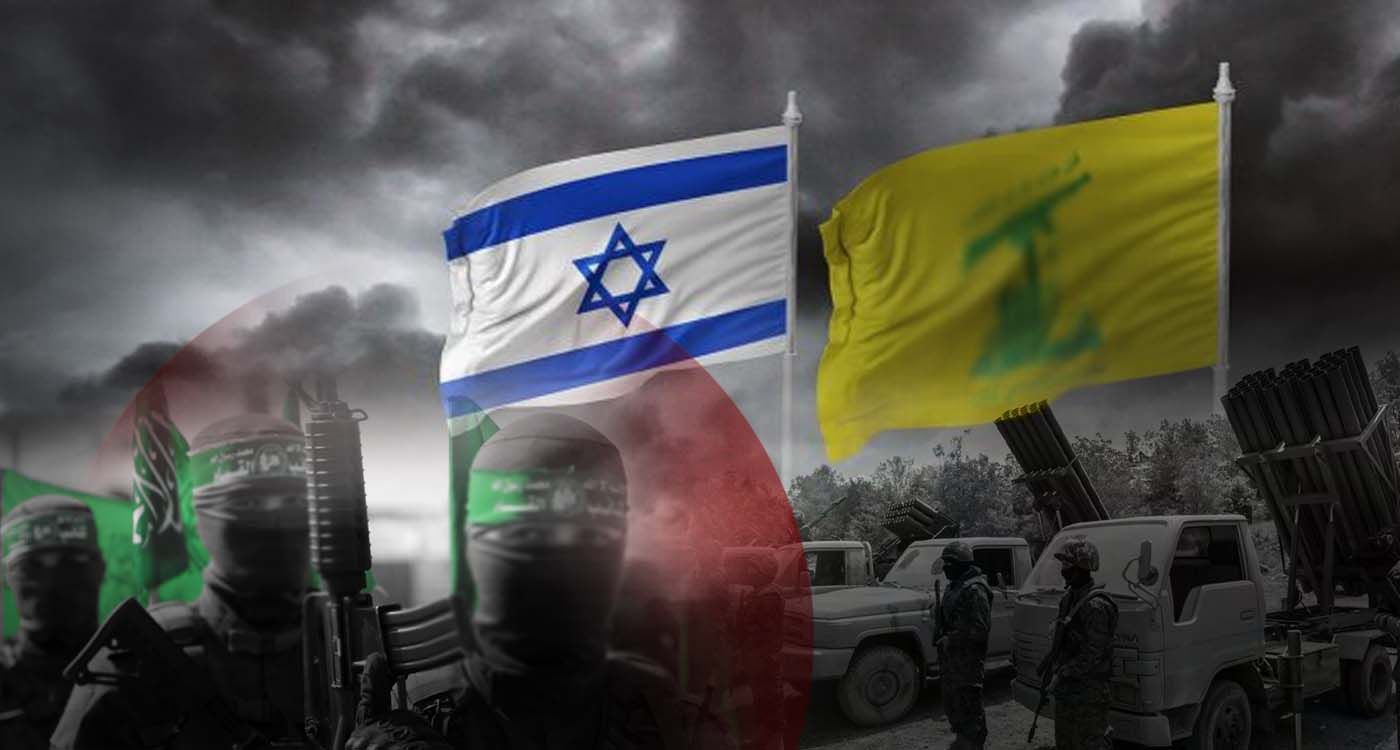
The Israeli strike that targeted the Palestinian refugee camp of Ain al-Hilweh in southern Lebanon on Tuesday night has brought back into focus a question that had mostly stayed out of the spotlight in the conflict, at least since the November 27, 2024 ceasefire, which shifted attention primarily to Hezbollah: Is Hamas in the process of rebuilding a military infrastructure in Lebanon?
According to Israel, the strike, which killed at least thirteen people, targeted a “Hamas training complex.” The Palestinian movement immediately denied the claim, insisting that the site was merely a sports field frequented by the camp’s youth.
To shed more light on the situation, This is Beirut asked General Maroun Hitti three key questions, given his deep understanding of the Palestinian camps in southern Lebanon.
Making Sense of the Israeli Strike on Ain al-Hilweh
All signs point to the strike targeting a Hamas training center. Even media outlets close to the movement have reported the same. Hamas, however, described the site as merely a sports field — a claim that does not appear credible.
The disarmament plan for Palestinian factions launched by Lebanon remains incomplete and has largely been bypassed. Some factions still refuse to surrender their weapons. Hamas is clearly seeking to maintain military capabilities within the camps and continues to strengthen its arsenal.
Is Hezbollah Backing This Rearmament Effort?
There is support, but it is limited. Hamas and Hezbollah work together when it serves their mutual interest, united by a common enemy, Israel. This is not an ideological alliance — the two groups embody very different forms of extremism and have even clashed in Syria.
Their current collaboration is tactical, involving occasional coordination, limited arms transfers, and minimal political and logistical backing.
If Hamas does not have any significant military capabilities in Lebanon, its value to Hezbollah would be primarily domestic and strategic: serving as leverage if the Shia movement were ever forced to consider disarmament.
In practical terms, Hezbollah could activate certain Palestinian groups to create a diversion, disrupt the domestic scene, or open a secondary front. This would be a tactical tool rather than a fighting force — a form of internal leverage that would only be used if Hezbollah’s arsenal were at risk.
The Implications of This Dynamic for Lebanon
The Israeli strike sends a clear message: Israel will not allow Hamas to rebuild its capabilities in Lebanon. It also highlights the strength of Israeli intelligence, relying on drones, technical surveillance, intercepts, and human sources.
Beyond this single operation, five strategic implications can be identified:
-
Hezbollah’s refusal to disarm, coupled with its tactical support for Hamas, freezes the Lebanese security equation. The Shia movement retains an independent chain of command, an arsenal exceeding that of the state, and strategic decision-making guided by Iran.
-
The Lebanese army finds itself paralyzed on strategic issues. Although trained and serving across all communities, it is unable to handle an internal confrontation. Its role is largely limited to absorbing the impact of shocks.
-
Political power is trapped by the actual balance of forces. The Constitution may say one thing, but the reality on the ground dictates another.
-
Lebanon has lost its ability to negotiate internationally, since the true interlocutor for foreign powers on the ground is no longer the state, but Hezbollah.
-
Lebanon remains a theater for conflicts that are not its own, caught in a regional struggle involving Iran, Israel, Hezbollah, and Hamas — a struggle that completely overwhelms the country.





Comments